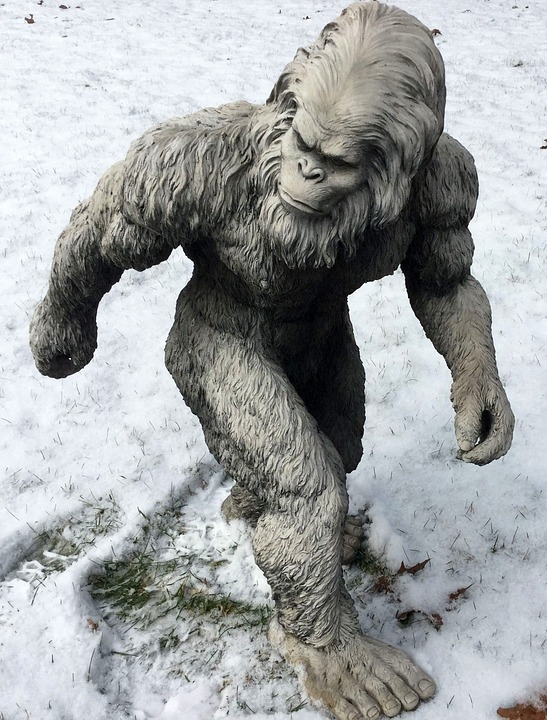
The mythical and elusive “Bigfoot” is a creature of legend, but for millions of years, the original Bigfoot — a shaggy, bipedal ape twice the size of an adult human — roamed the forests of Southeast Asia, before going extinct hundreds of thousands of years ago.
Scientists are now developing a clearer picture of the giant animal’s place on the primate family tree, after conducting groundbreaking analysis of proteins in tooth enamel dating to nearly 2 million years ago.
Gigantopithecus blacki dwarfed the great apes that live today; it stood around 10 feet (3 meters) tall and weighed up to 595 lbs. (270 kilograms). But as massive as Gigantopithecus was in life, fossils of the hefty primate have been few and hard to find — thousands of teeth and four partial jaws — leaving many questions about the extinct ape’s evolutionary lineage and appearance.


